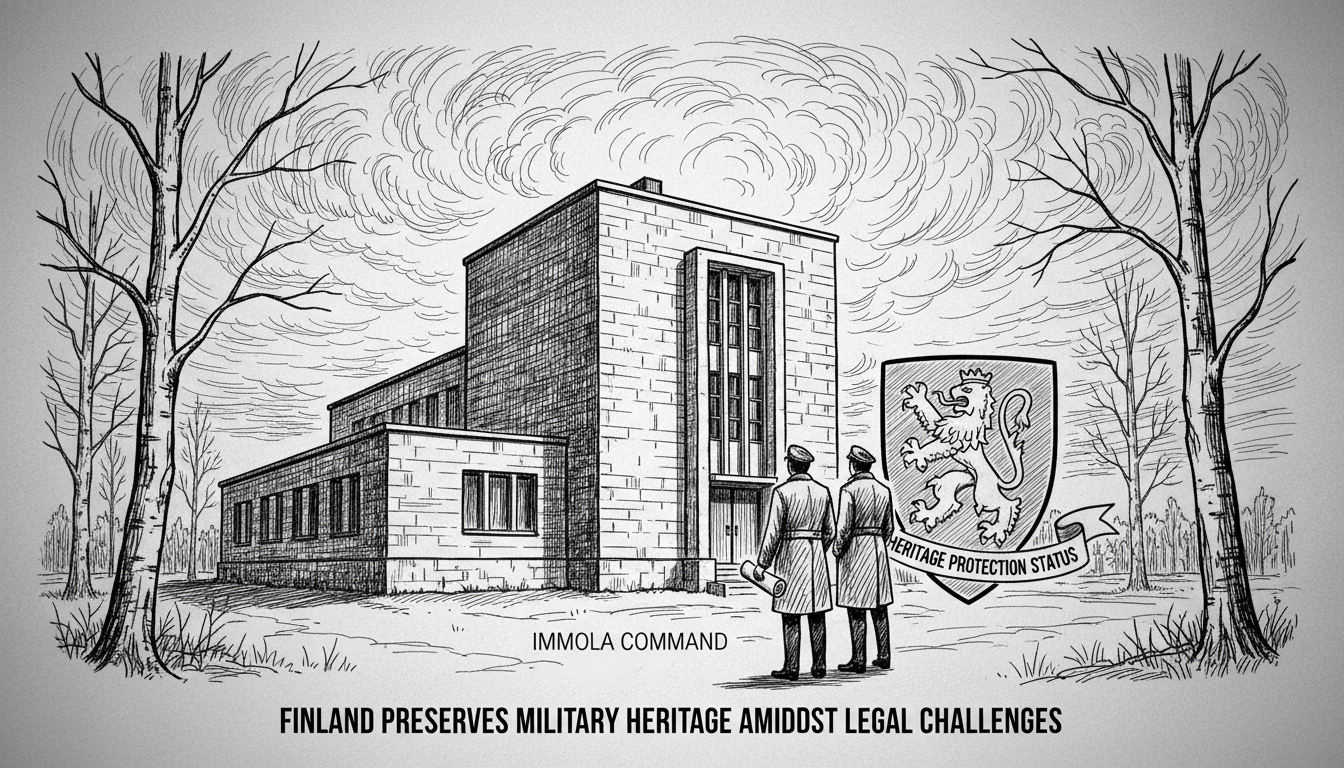Finland's Southeast Finland Centre for Economic Development, Transport and the Environment has granted heritage protection to the Immola Command Building under the national Building Heritage Act. The decision recognizes the structure's national significance in architectural history, building technology, and its connection to important historical events. Architect Tuija Mustonen from the development center stated the building forms an essential component of the Immola barracks area, emphasizing its integral role in the military complex.
The 1937-built Command Building represents Finnish Defense Forces' functionalist architecture from that era, designed by architect Elis Hyvärinen. The structure has maintained its original external appearance despite decades of military use. Building owners retain the right to appeal the protection decision to the Administrative Court of Eastern Finland, potentially initiating a lengthy legal process according to officials.
This protection decision reflects Finland's growing commitment to preserving military architecture from the interwar period. The Immola barracks area served as a crucial defensive position during multiple conflicts, with the Command Building functioning as the operational nerve center. Functionalist architecture from this era demonstrates Finland's modernization efforts and practical approach to military construction.
Heritage protection often creates tension between preservation goals and property development rights across Finland. The Finnish system balances national cultural heritage against private property interests through administrative court appeals. Similar debates have occurred around other significant military structures, including coastal defense installations and border guard stations from the same historical period.
International readers should understand that Finnish heritage protection carries substantial legal weight, restricting exterior modifications and potentially affecting property values. The decision impacts not only the building's owner but also local tourism development and military history preservation efforts. Finland's approach to protecting functionalist architecture differs from other Nordic countries, placing greater emphasis on structures connected to national defense history.
The protection status ensures future generations can study this important example of 1930s military architecture while maintaining the historical integrity of the entire barracks complex. What remains uncertain is whether the owner will pursue legal challenges or accept the designation, a decision that could set precedents for other military heritage sites nationwide.

